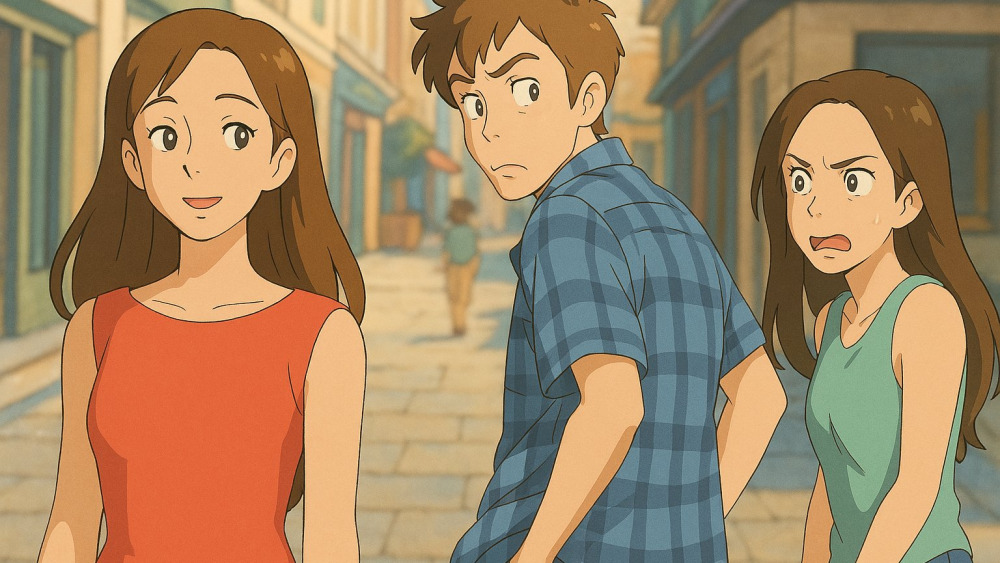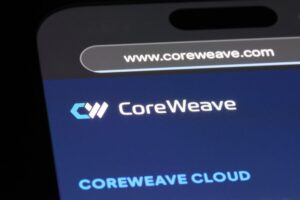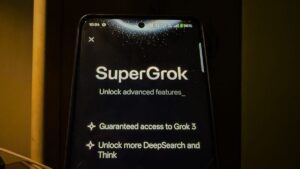ChatGPT Users Are Designing AI Images Inspired by Studio Ghibli

OpenAI’s Image Generator and Studio Ghibli Style
Introduction to the New Technology
OpenAI recently introduced its latest image generation technology as part of its GPT‑4o model. This new tool is being praised for its ability to create high-quality, photorealistic images. One of the most interesting outcomes is its proficiency in mimicking the enchanting and whimsical style of Studio Ghibli, a renowned Japanese animation studio celebrated for classics like Spirited Away, My Neighbor Totoro, and The Boy and the Heron.
The Viral Trend
Since the launch, social media has seen a surge of users sharing their own creations, showcasing how the image generator can transform ordinary photos into art that resembles Studio Ghibli’s distinctive animations. These transformations have sparked excitement and creativity among users, some even sharing humorous takes on their experiences with the technology.
Sam Altman’s Involvement
Sam Altman, OpenAI’s CEO, took notice of this phenomenon and shared his thoughts on the platform X. Altman humorously detailed his journey in developing AI, mentioning how he received numerous messages from users showcasing their Ghibli-style images. He even updated his profile picture to reflect this Ghibli-inspired theme, further engaging with the trend.
Studio Ghibli’s Response
While many users celebrate this creative intersection of AI and animation, Studio Ghibli has chosen not to comment officially on the situation. However, co-founder Hayao Miyazaki has expressed skepticism towards AI in animation. In the past, Miyazaki has called such technology "disgusting" and an "insult to life," which raises important questions about the role of AI in creative fields.
Concerns from the Creative Community
The conversation surrounding AI-generated content is deepened by concerns from various creatives in the industry. Recently, over 400 filmmakers, actors, and musicians voiced their objections against initiatives aimed at lessening copyright protections for AI training. They accused companies like OpenAI and Google of lobbying for exemptions that would allow the unregulated use of creative works. This tension highlights the ongoing debate about intellectual property rights as AI continues to evolve and influence creative processes.
Social Media Showcase
On platforms like Twitter and Instagram, users have shared numerous examples of Ghibli-inspired images produced by OpenAI’s technology. These creations demonstrate the versatility and artistic potential of the AI, capturing the charm of Studio Ghibli’s animation style. The images range from whimsical portraits to colorful landscapes, all reminiscent of the enchanting worlds created by the studio.
Examples of Ghibli-Style Creations
- Character Transformations: Users are transforming their photos into whimsical characters that look like they could be straight out of a Ghibli film.
- Scenic Landscapes: Beautiful landscapes that showcase Ghibli’s stunning background art, filled with vibrant colors and intricate details.
- Unique Storytelling: Each shared image tells a story, much like Ghibli’s own narrative-driven films, encouraging users to imagine their own tales behind the artwork.
The Future of AI in Animation
As technologies like OpenAI’s image generator gain popularity, the discussion surrounding AI’s role in animation and other creative fields will likely continue to evolve. Artists and studios will need to navigate these advancements carefully, balancing innovation with respect for traditional craftsmanship and intellectual property.
In summary, OpenAI’s image generation technology has sparked a new wave of creativity inspired by Studio Ghibli, but it also raises significant questions about the future of art, copyright, and the impact of AI on creative industries.





